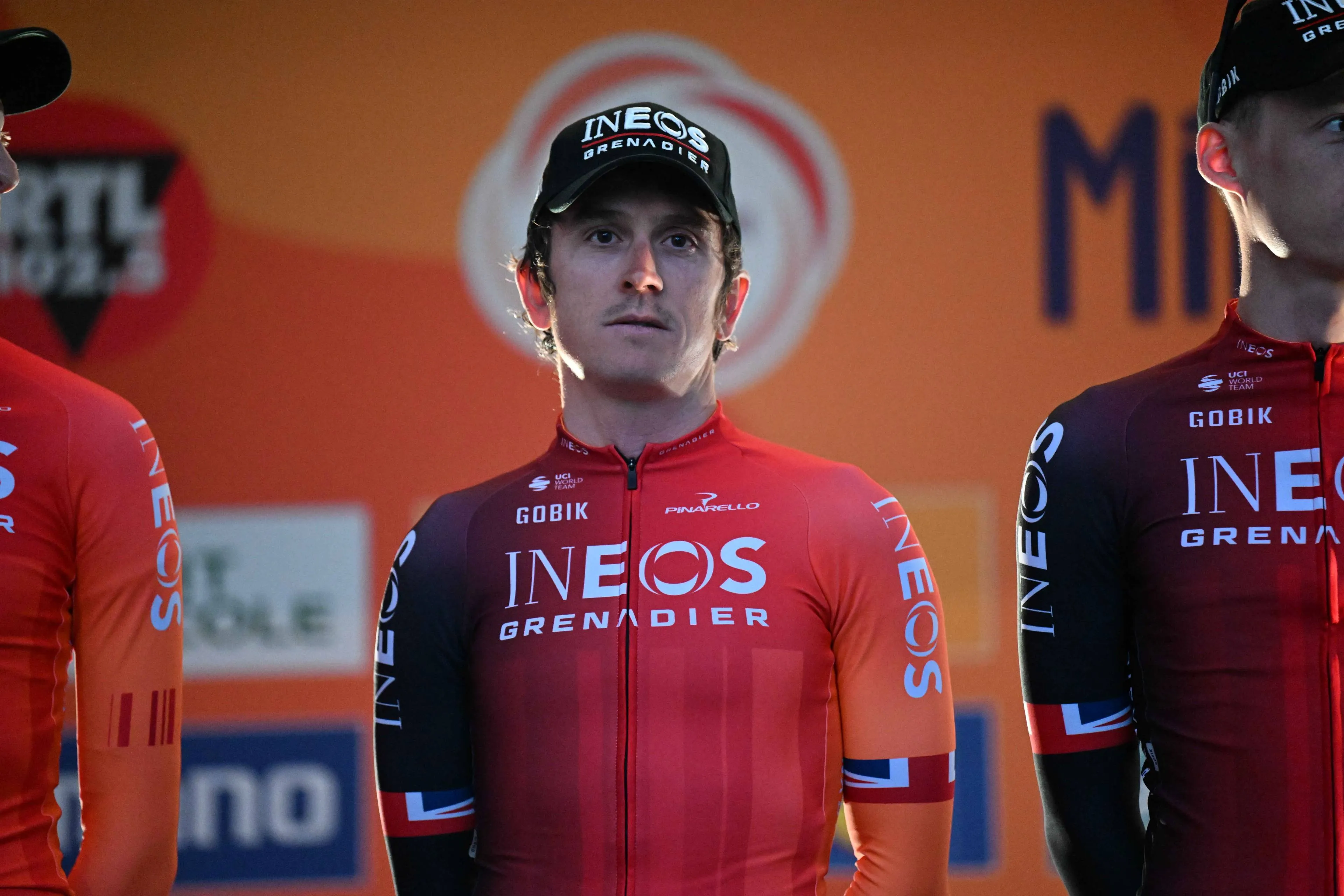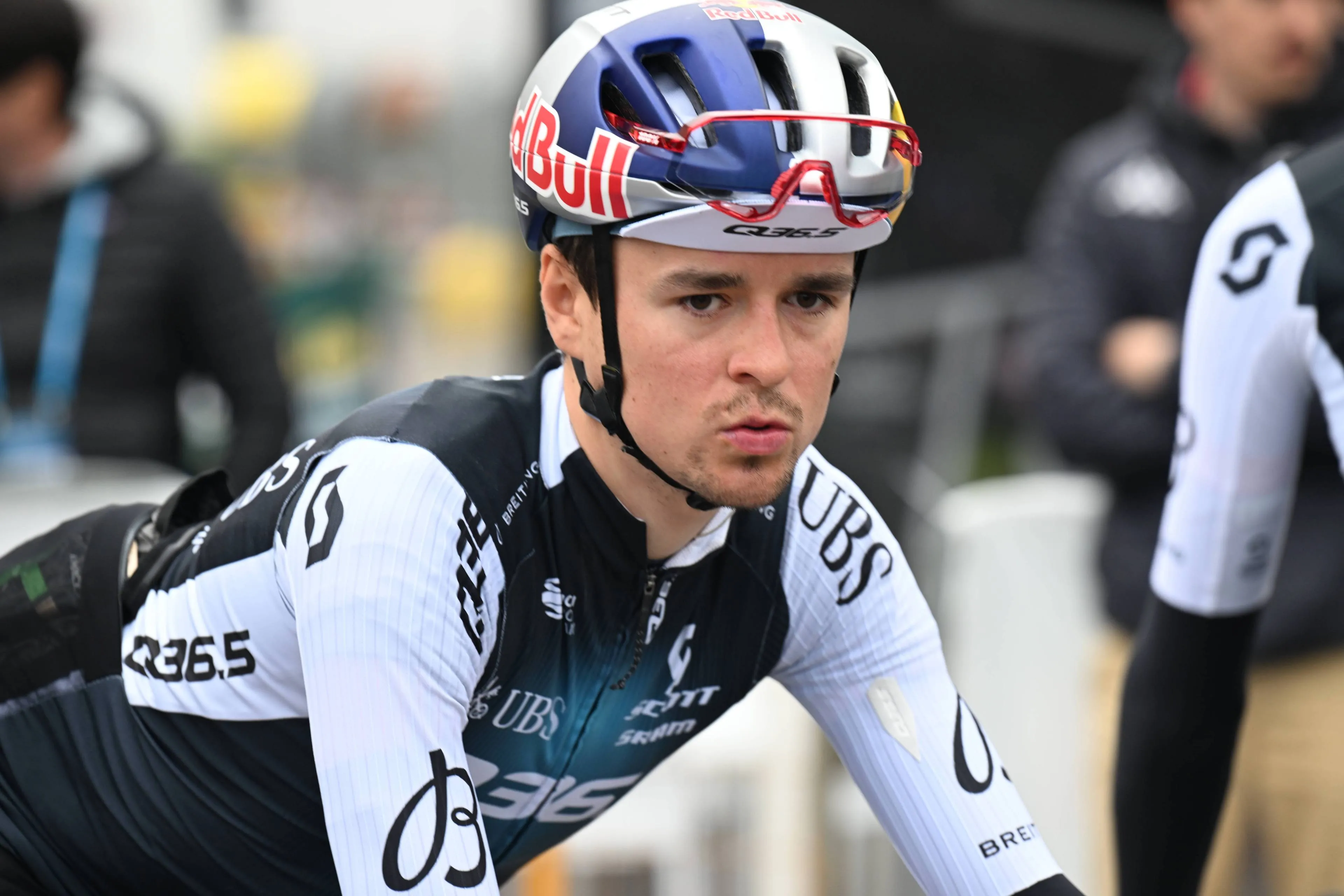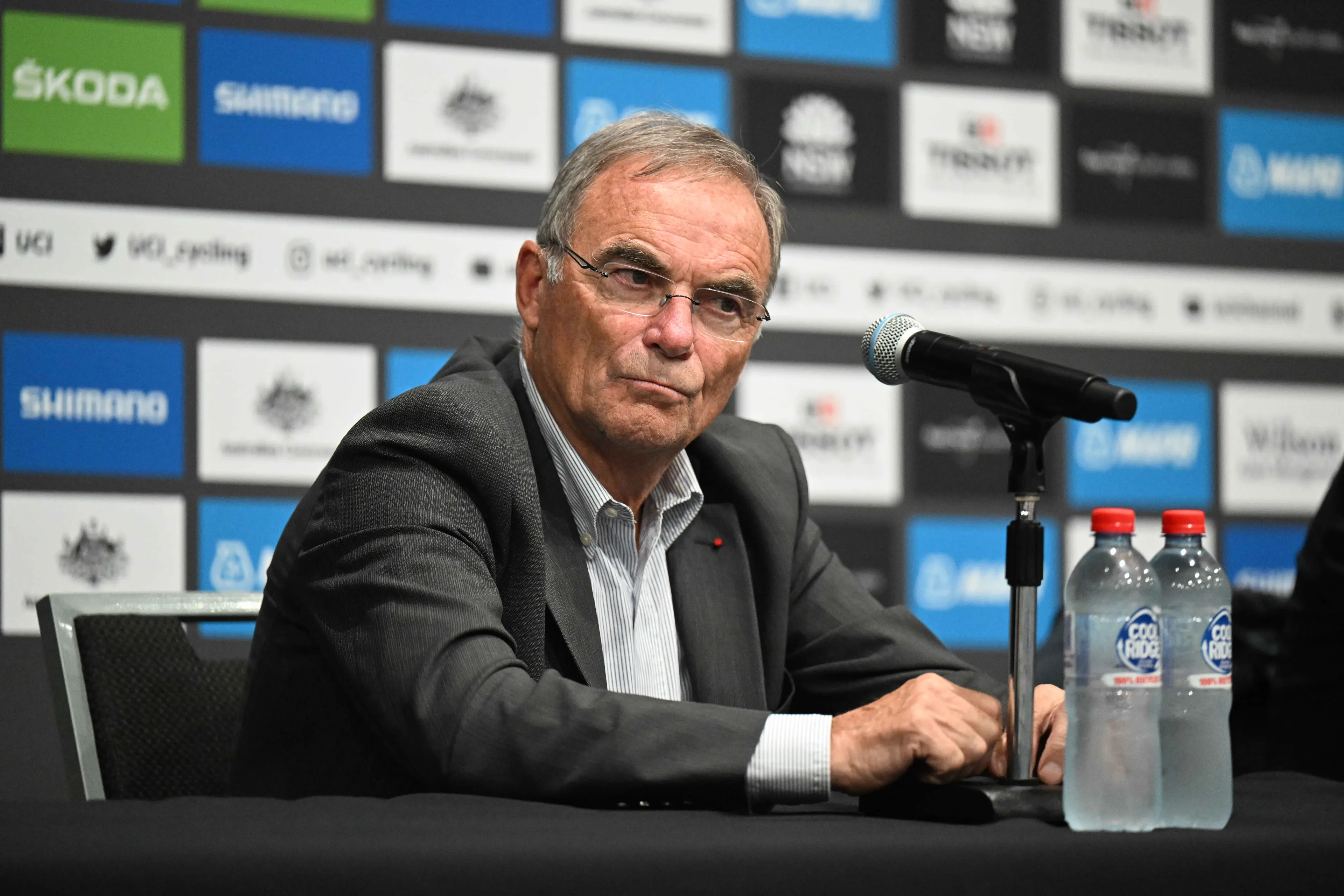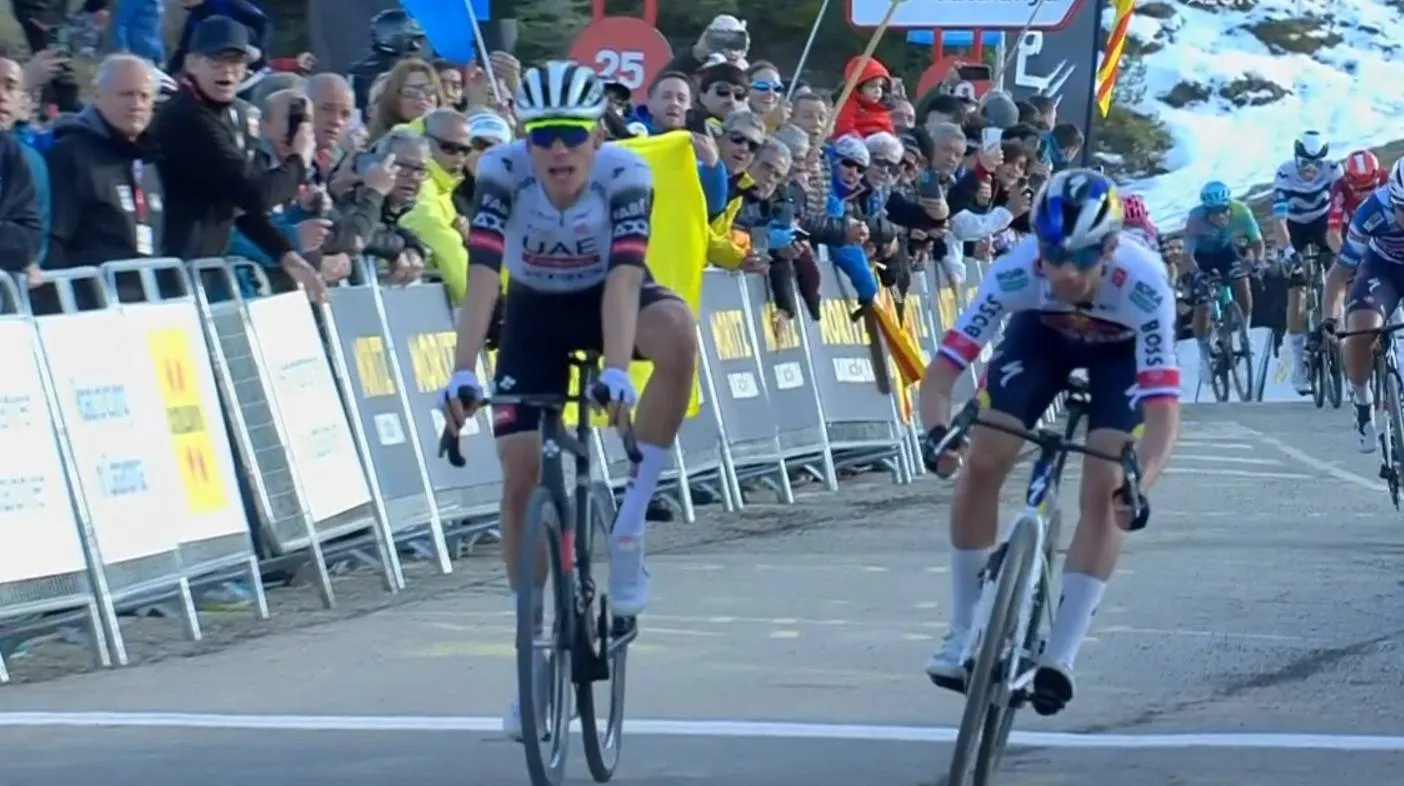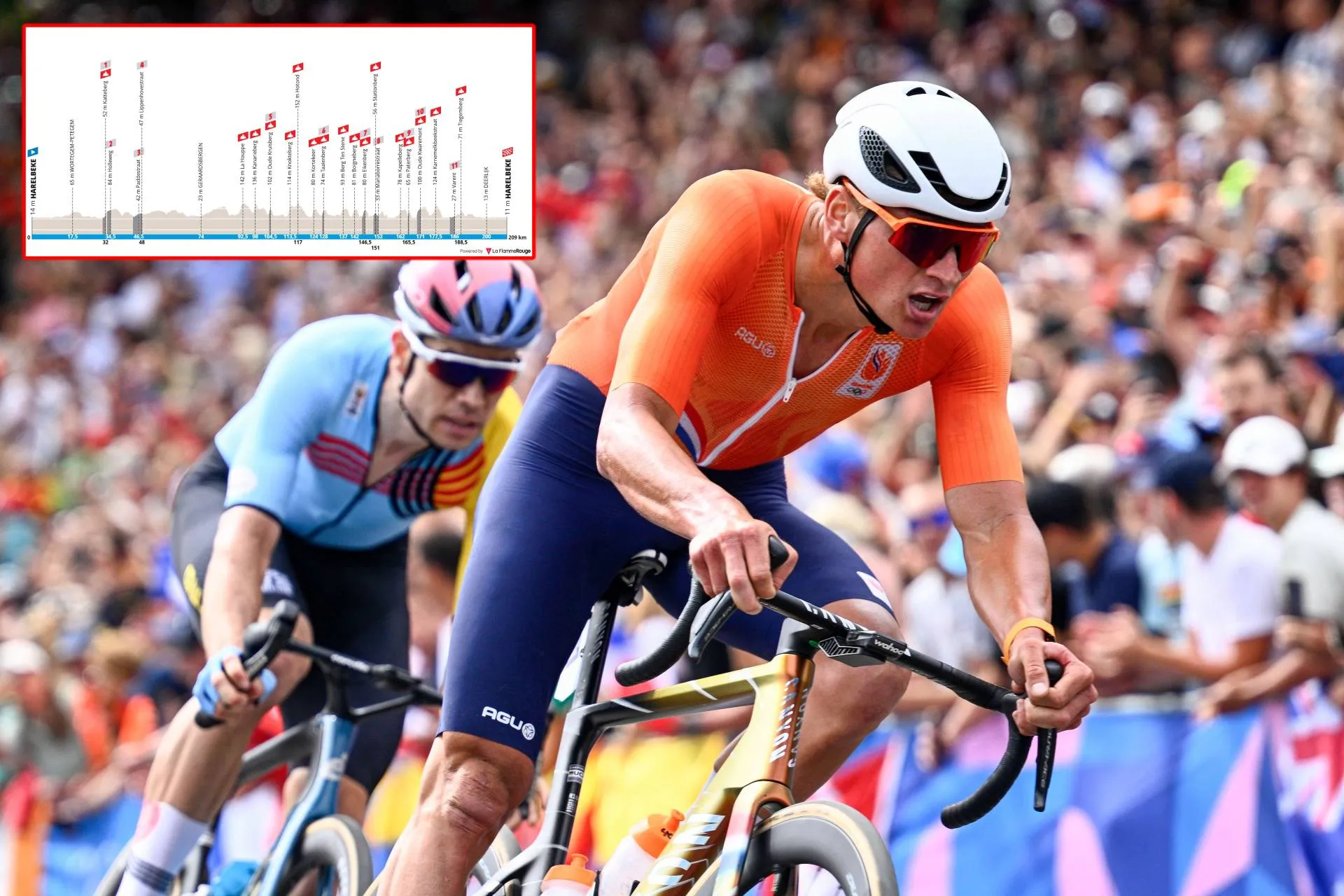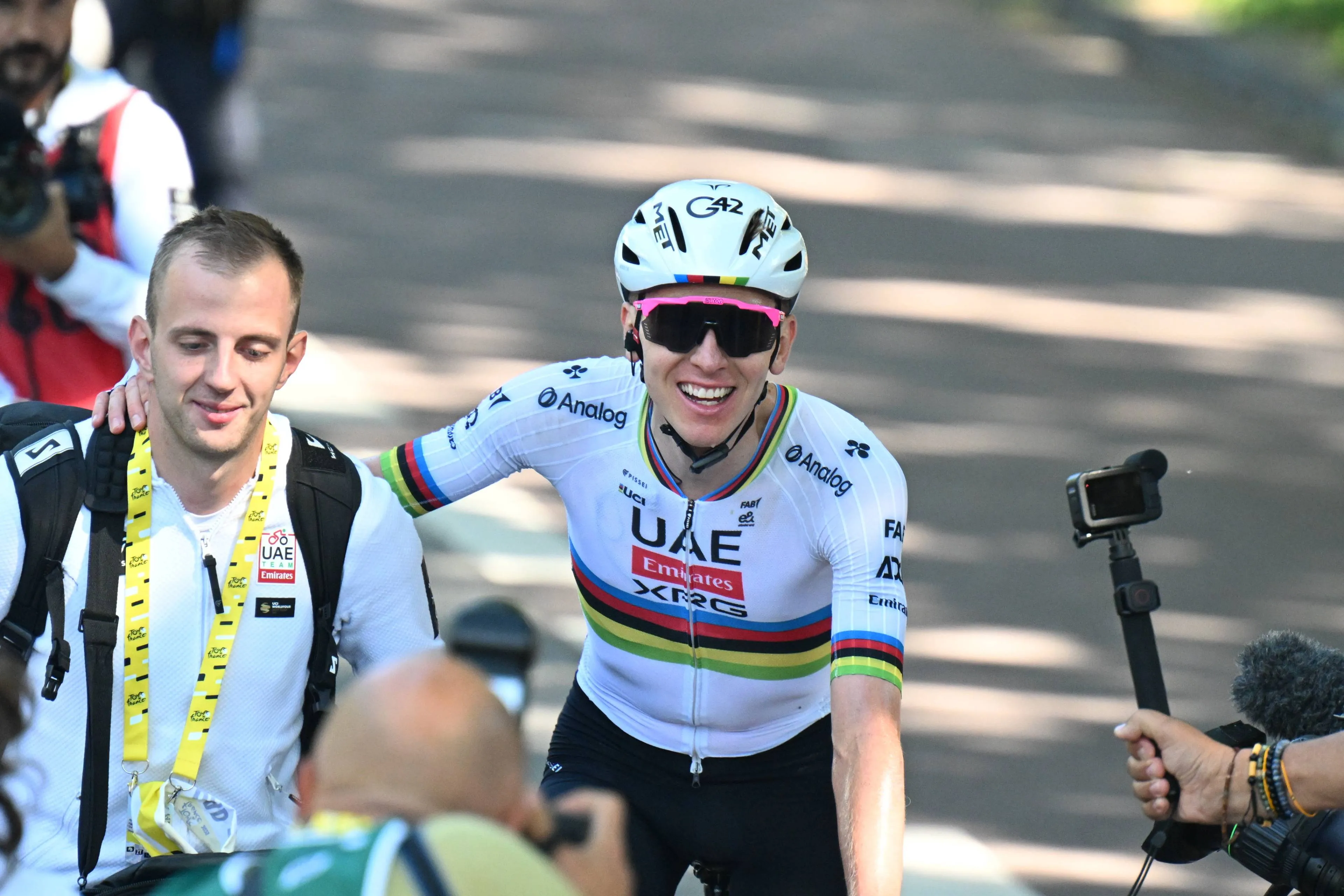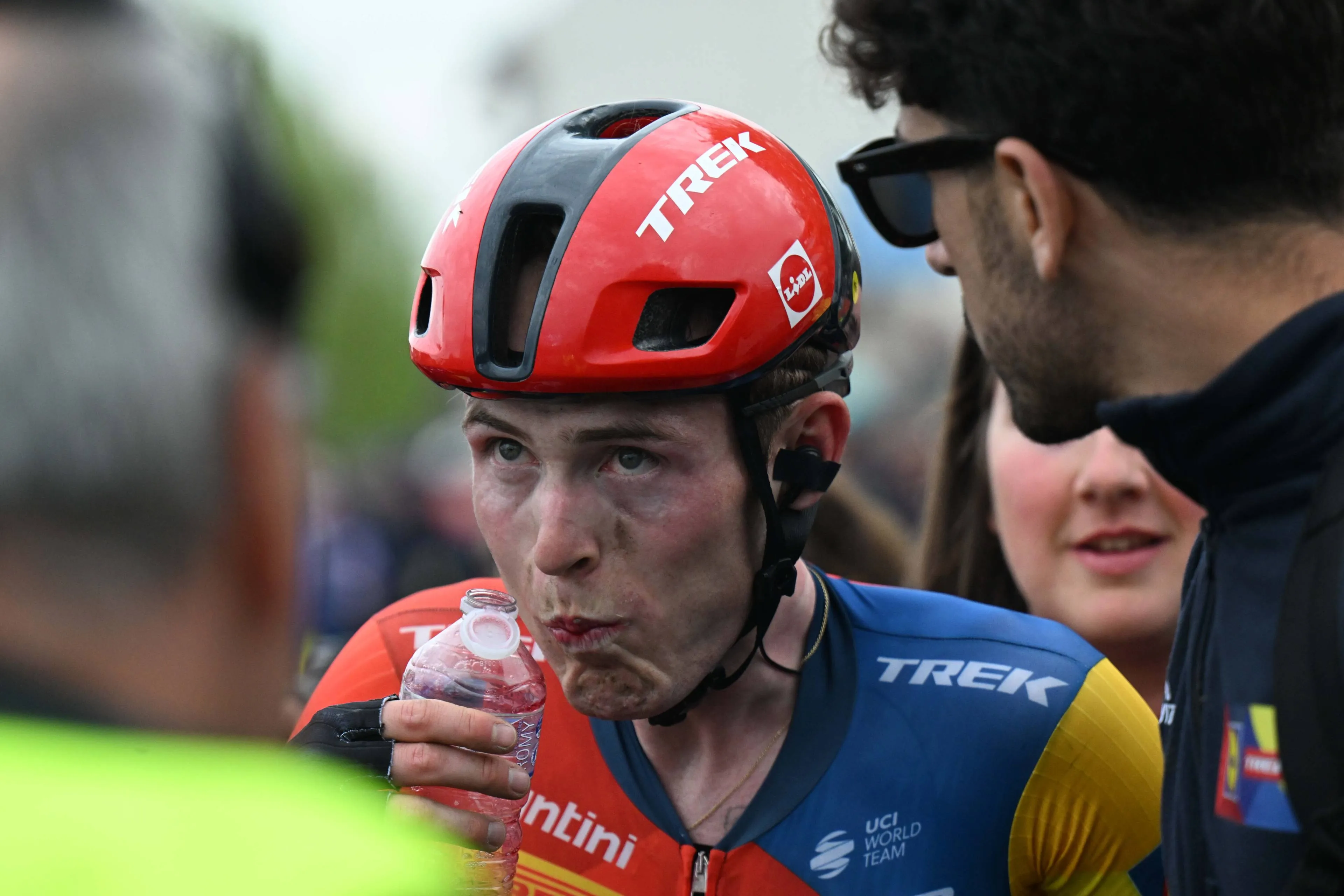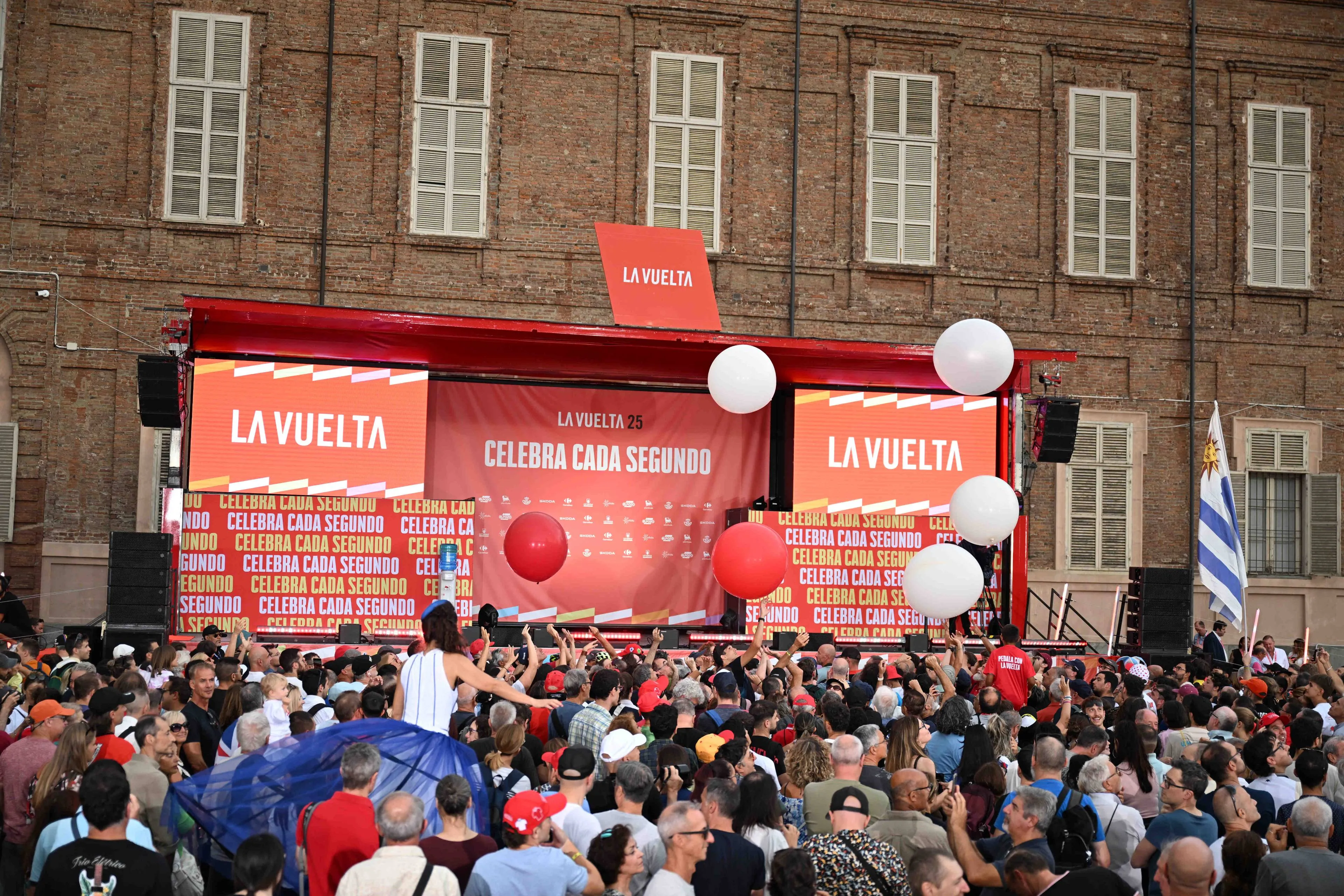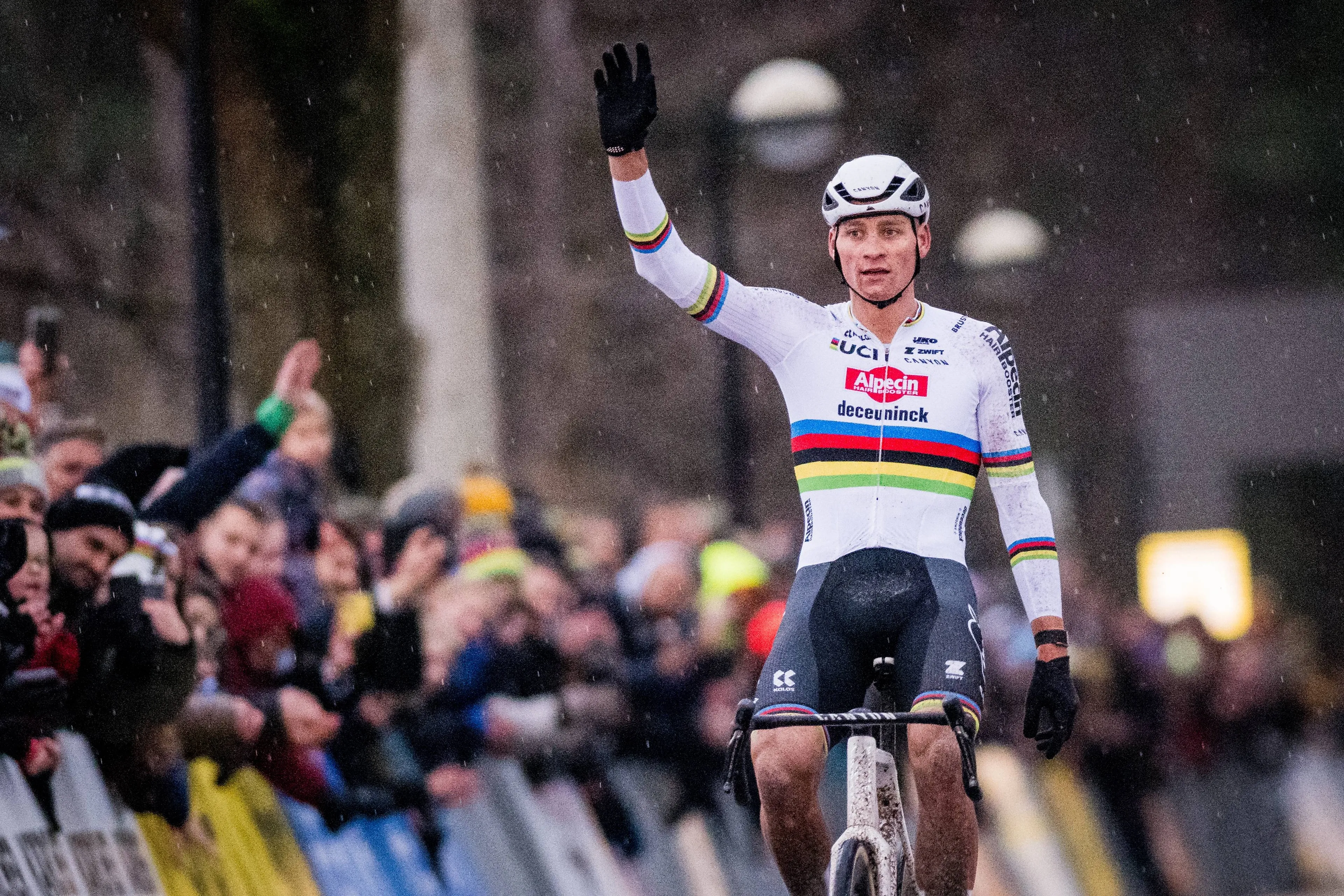Fallout from carnage at Classic Brugge-De Panne continues: "All the obstacles and the narrow roads in the final are too much"
CyclingThursday, 27 March 2025 at 12:00

What should have been a thrilling showdown for the sprinters
at the Classic Brugge-De Panne turned into a chaotic and dangerous finale.
While Juan Sebastian Molano rightfully claimed a memorable win, the day was
overshadowed by a series of crashes that raised renewed concerns about rider
safety and course design.
The final five kilometres of the race were riddled with
hazards. From road narrowing’s to speed bumps, traffic islands, and a right-angled
turn just 500 metres from the line, it was a finish packed with high-risk
elements. As the dust settled, it became clear that the layout left little
margin for error.
Read also
The race, often dubbed the “unofficial world championship
for sprinters,” failed to deliver on that promise, many of the fastest men in
the peloton were wiped out before they could even sprint. Just ask Tim Merlier!
Lidl-Trek’s Steven de Jongh, speaking to Wielerflits,
acknowledged the persistent issue.
“Not that it goes wrong here every year. We have known this
final kilometre for a long time, it is the same as in previous years and then
it did go well,” he said.
“Only, then the weather conditions were more difficult. This time the wind was
not strong enough to pull the peloton into echelons, and then you go to the
finish with a very fresh peloton. All the obstacles and the narrow roads in the
final are too much.”
Read also
Without the natural selection that wind or tougher
conditions can bring, a full-strength bunch barrelled into a finish not
equipped to safely handle the speed or density of riders. The end result?
Chaos.
Wilfried Peeters of Soudal–Quick-Step also highlighted the
series of problems that made the finale especially dangerous.
“Sometimes it is good to have a few bends in the end, to get the peloton in
line. But it went wrong at that narrowing two kilometres from the end. A little
later there was a refuge island at the last bend to enter the main track, there
was also a big crash there. Those last kilometres were very tricky. It was a
watchful eye every time: hopefully none of us will be there. But I think every
team saw someone on the sidelines in the final kilometres.”
Read also
It’s a grim but honest reflection. Virtually every team had
at least one rider caught up or delayed by crashes in the final stretch, a
statistic that undermines the credibility of the race as a true contest of
speed.
Peeters was measured in his comments, acknowledging that
organisers face constraints.
“I know that the organization has to make do with this location and that it is
not easy at all. You want to do it as safely as possible, but the furniture has
only increased in recent years. That makes it difficult to organize
competitions and have them finish in a city center. I know that you can also
fall on a large track, but the number of narrowing’s and speed bumps was simply
too high here.”
But for De Jongh, the solution is clear: it’s time to move
the finish line.
Read also
“They should look for a finish outside the city centre. That is the only way to
find a safe arrival here. But okay, I also understand that the organisation
does not like that, because then you take everything away from the middle
class. It is difficult, but above all a shame that so many accidents happen.
That should not really be the case anymore.”
The problem, De Jongh argues, is not just the route itself
but the sheer level of competition and desperation among riders.
“It is a combination of everything. You have too many good riders who all want
to dive into the same hole, all want to be at the front and then you get
chaos.”
Read also
Points pressure is another factor. With WorldTour survival
and individual bonuses tied to rankings, riders and teams are taking greater
risks in races that offer big UCI points.
“The teams are under pressure to earn points. And where are there many points
to be earned? In the sprinter races. Those points are important to stay in the
WorldTour and riders now receive bonuses based on points.”
Peeters echoes that sentiment, “I am certainly not only
pointing to the organization. The riders still have to do it. I now also notice
that the top of cycling has become broader in general and more riders want to
be there.”
Read also
The density of quality riders means more teams are arriving
at these races with legitimate hopes of winning, or needing to place in the top
ten to earn precious points. That congestion, in a peloton surging at 60 km/h
on narrow city streets, is a recipe for disaster.
So do such sprinter-heavy races still belong at the top tier
of the sport?
“Definitely,” insists De Jongh. “But for a finish like this,
you first have to have a tough race. Either because of the wind or because of
the rain. Then you have less chaos and you have fewer fresh riders in the
final.”
That is the key distinction. A sprinter’s race can still be
compelling and competitive, but only if the parcours naturally whittles down
the contenders. When the weather is benign and the run-in is flat and
sheltered, the peloton arrives en masse, fighting for every inch—and with
today’s speeds, that means higher risk for everyone.
Read also
De Jongh concludes with a broader point on infrastructure
and the future of race planning, “It is a difficult one. Organizations have an
infrastructure of municipalities with traffic islands. You can't remove all of
that, it's too expensive.
“Then you might have to think about closed circuits,
somewhere in the polder. Which is not really attractive to see. But of course
it would be safer.”
Read also
It’s a conversation that’s not unique to De Panne. Across
the calendar, race organisers, riders, and governing bodies are grappling with
how to maintain thrilling racing while protecting the athletes at the heart of
the sport. Crashes are a part of cycling, but as De Panne demonstrated again,
unnecessary risk built into course design is something that can and must be
addressed.
For now, riders lick their wounds, teams analyse what went
wrong, and the debate over how to protect sprint finishes without compromising
on spectacle continues. One thing is certain though: no one wants to see a
podium defined by who stayed upright, rather than who was fastest.
Read also
claps 1visitors 1
Just in
Popular news
Latest comments
- Some of these cyclists are really stupid. So a more important rider is hired, there are too many leaders, he talk betrayal, He talks adjustments, He is not selected for any GTs. and he still signs for them🤦🤦🤦abstractengineer15-12-2025
- "He’d sit in the kitchen drinking red wine with the chef for hours after dinner" strange but how is it related to dopingabstractengineer15-12-2025
- 🤣. he cannot surpass Merckx ever. Its not called ambition, its stupidityabstractengineer15-12-2025
- True - maybe there will be some chances for gee to ride for himself - he’s very good, but a GT winner? Seems a bit too far for him (or skelmose tbh) I’m glad Gee found a place - love how he rides and he seems a genuinely good fellowCrashjames15-12-2025
- I think it would be painful setback...MajorPayne15-12-2025
- Not even raced a Grand Tour yet and already got riders cheating. Just ensured they never get my support as can't even exist a couple years without cheating.HoopoeChai15-12-2025
- Now , we know who this guy is because he talked bad about Lazcano.
 PAULO15-12-2025
PAULO15-12-2025 - unfortunately for Nys, he raced as well as he can. And MVDP had plenty of room to improve.mij15-12-2025
- God isn't real. Thankfully we have Tadej!!!Veganpotter15-12-2025
- He did pretty well with the bike handling, but it may be too short of an effort to win at the top.Veganpotter15-12-2025
Loading
Write a comment

